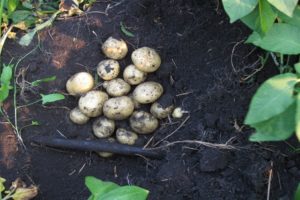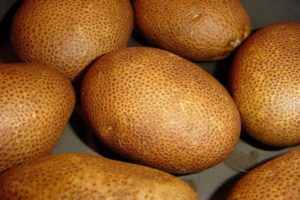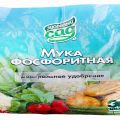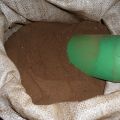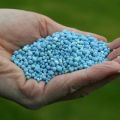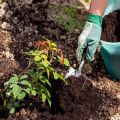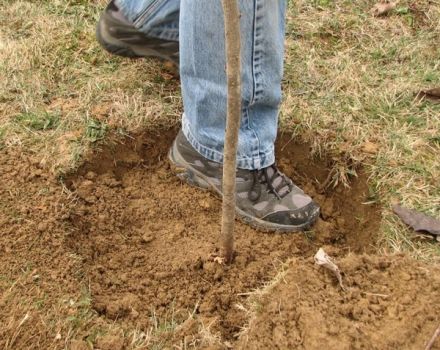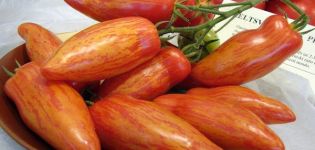How to use organic fertilizers from fish and bone meal in the garden
Organic fertilizers from bone meal are used in agriculture where additional calcium is needed to reduce acidity. Suitable for all garden and indoor ornamental crops. It is an environmentally friendly, harmless long-lasting fertilizer that passes into the soil in the period from 6 to 8 months.
Bone Meal - Organic Phosphate Fertilizer
Phosphoazotine, or bone meal, is made from the skeleton of cattle; it is such a valuable fertilizer for the agricultural industry.
The composition of the bone substance includes the main nutrients necessary for plants at various stages of the growing season:

- phosphorus;
- potassium;
- nitrogen;
- calcium.
Phosphoazotin also contains trace elements. Most of them have a significant effect on the condition of the green mass and roots.
The main nutrient for plants is phosphorus. There are 3 types of substances, the amount of phosphorus in which differs in percentage:
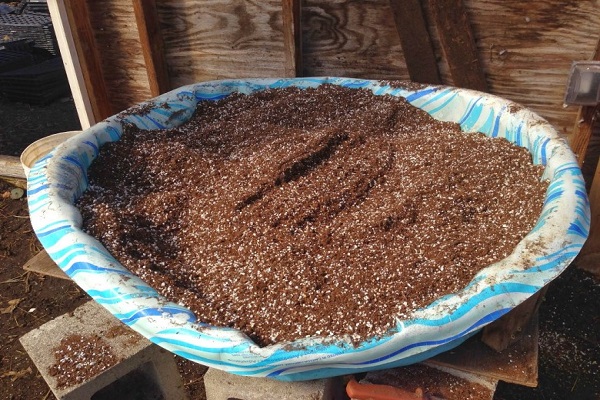
- without fatty impurities - 35%;
- one stripped off - 25%;
- ground - 15%.
There is less potassium in flour, but it is enough for feeding vegetable crops for a long time. Least of all nitrogen - about 4%. Therefore, when applying phosphoazotine to the soil, it is necessary to simultaneously use nitrogen-containing fertilizers - urea, nitrate or ammonium sulfate.
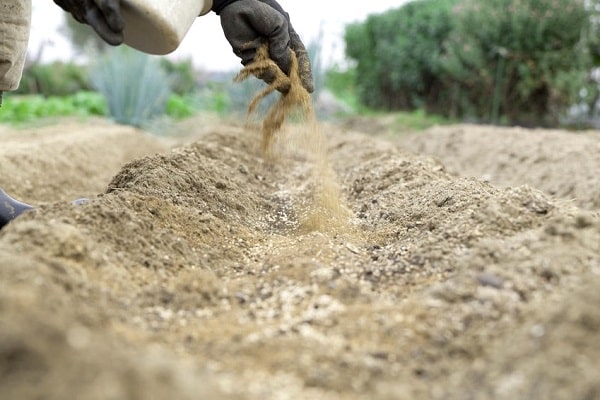
In terms of nutrient content, phosphoazotin is more suitable for cactus plants, since succulents require large amounts of calcium for growth and development.
It is necessary to use meat and bone waste on peat boggy soils. Plants on such soil always lack copper, and bone meal contains 18%. On light sandy soils, nutrients are quickly washed into the lower layers, becoming inaccessible to plants. Due to the long decay period of animal debris, the plants receive nutrition, grow well and bear fruit.
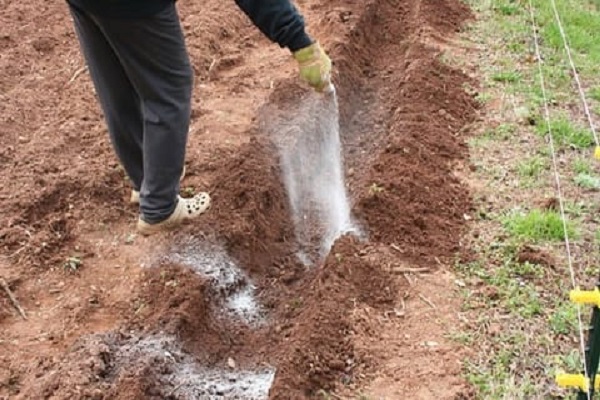
Benefits of using bone meal
Meat and bone meal is used for all plants:
- in gardening, vegetable garden;
- for indoor decorative flowers.
A substance is used for the preparation of compost, the disadvantage of which is the absence of phosphorus. In this case, a good nutritional ratio is created. Manure or chicken manure is a rich source of nitrogen and potassium. The bone mixture contains phosphorus and trace elements, the main of which is calcium, it is needed to improve the metabolism in fruits and increase the taste.
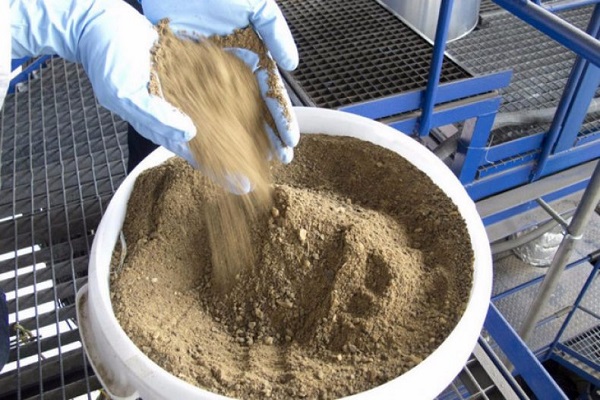
The presence of both phosphorus and calcium contributes to the development of the root system and fruit pouring.
When using ground bones, plants increase immunity to fungal infections, bacterial infections, pests.
Phosphate fertilizers have high pH values, therefore they are able to reduce the acidity of the soil. For some garden plants, acidic soils are not suitable. Bone waste will normalize the acidity and ensure the absorption of nutrients and plant growth.
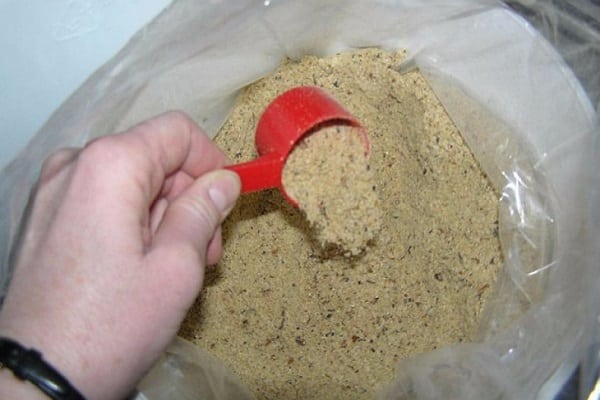
The fertilizer is completely natural and does not cause the accumulation of chemicals in the tissues and fruits of crops.
Bone meal for plants: how to apply
Bone fertilizer is applied to the soil in the fall. The period of its decomposition is from 6 to 8 months, and by the onset of spring, nutrients have time to pass into a form that is convenient for assimilation. It is enough to use it once a year so that the plants do not experience a lack of nutrition throughout the entire growing season. But experienced gardeners say that once a year is a lot, and it is enough to use it once every 3 years to maintain soil fertility.
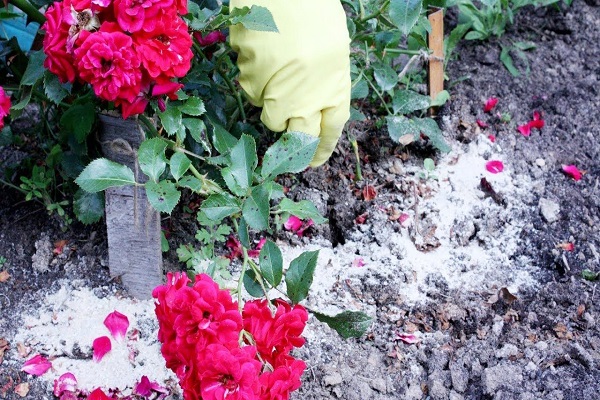
As a feed additive, it is necessary to add from 100 to 200 g per m² for digging.
For tomatoes and other vegetable plants
More meat and bone waste used as fertilizer is needed for vegetable crops. In this case, vegetables will be much tastier due to calcium and potassium. The substance is introduced either in the fall or in the spring when planting, adding 50 g of bone meal to each hole.
Tomatoes, eggplants respond best to feeding with meat and bone waste. Tomatoes have dense flesh without white streaks and seals. They have a uniform color and good seed material. The substance is used to prepare the soil for tomato seedlings. It affects the growth of the root system and the full assimilation of other nutrients - nitrogen, potassium and calcium by young seedlings. As a result, plants tolerate transplanting better in open ground, spring temperature drops, and begin to bloom and bear fruit earlier.
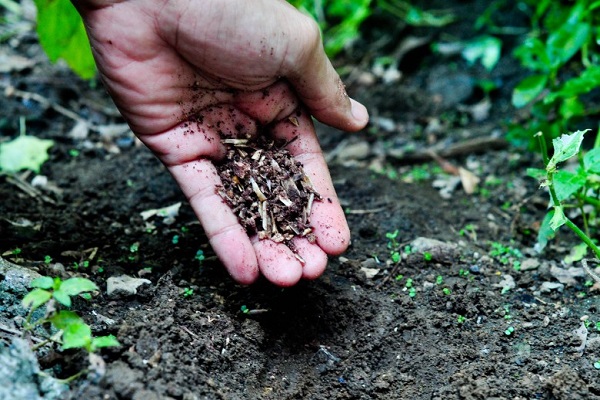
Tomatoes, zucchini, cucumbers, and cabbage improve flowering performance, fruiting period and nutritional characteristics.
For potatoes
Meat and bone meal is placed on potato fields or backyard beds from 300 to 500 g of substance per m². Better to apply in the fall for digging, since adding this fertilizer to each hole takes a long time. Phosphoazotin promotes the accumulation of starch and sugar in tubers, increasing their size and quantity. Can harvest 40% more by using bone waste.
Fish meal is suitable for potatoes in its composition, in which there is more nitrogen for building up the aerial part - shoots and leaves.
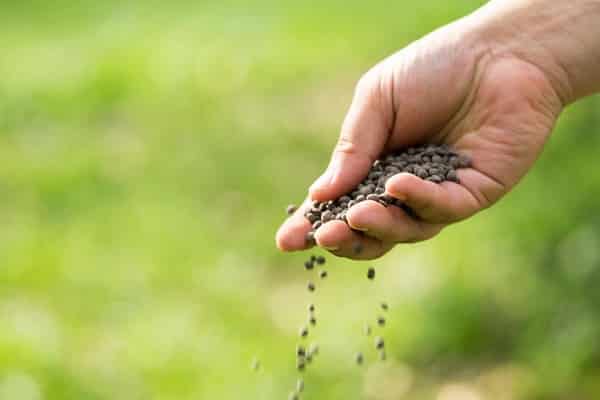
For roses
Roses need potassium and calcium for flowering. Not only bone meal is suitable, but also fish meal as fertilizer. The advantage of fish waste in a higher nitrogen content - up to 10%. Fishmeal also contains a lot of calcium and phosphorus, but it will be cheaper to use fish waste in regions closer to the sea. The cost of flour is much lower.
For iron-deficient soils, blood meal is used - dried blood of cattle. It is mixed with meat and bone and added to the soil for plant nutrition.
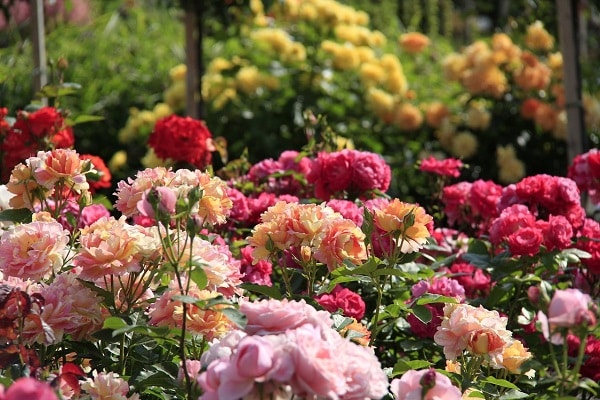
For strawberries
The use of flour saturates the soil with useful elements for feeding strawberries. The substance is introduced during the flowering period to strengthen the root system and increase the number of ovaries.
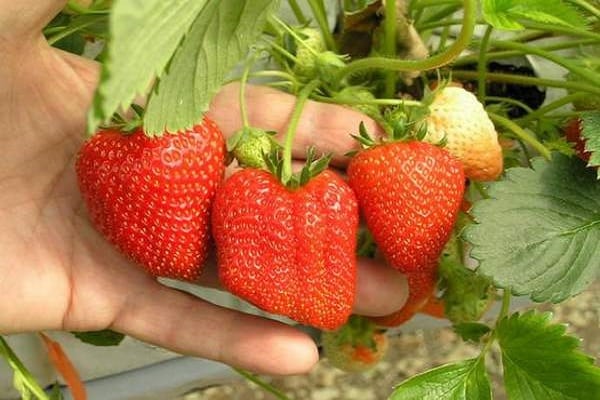
For bulbous plants
Meat and bone meal for bulbous crops is applied in autumn or spring dry. Ornamental bulbous plants are fertilized in the grooves around the root. After laying, the furrows are covered with earth.
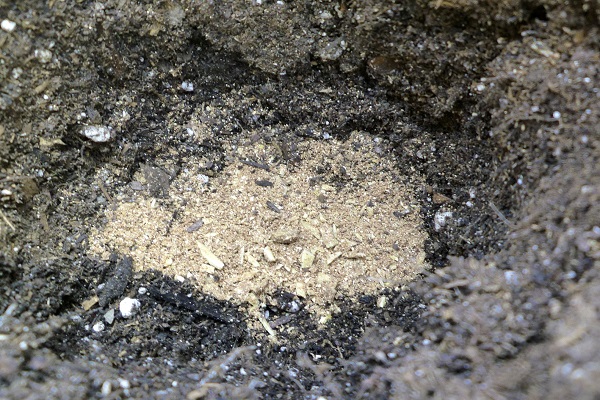
For berry bushes and fruit trees
When planting berry crops - strawberries, raspberries, currants, gooseberries, the substance is introduced into the hole. Do not worry that the substance will damage the root system. It is harmless and will relieve the gardener of the need for feeding for a long time. The only thing that has to be done is foliar spraying with urea to replenish nitrogen reserves. The second option is to sprinkle ammonium nitrate between rows.

For indoor plants
For flower crops grown in pots, 1 part flour per 100 parts of soil is enough. In a medium-sized pot, you can mix 2-3 tablespoons of bone meal. The product decomposes for a long time, so for the next six months you can not worry that the plants will lack nutrition. In case of appearance of chlorotic spots on the leaves, use nitrogen spraying or fertilizing with saltpeter. Potassium sulfate is suitable for indoor plants to stimulate flowering.

Bone meal for liquid fertilizer
Bone fertilizer can be used equally well in dry form or in liquid solutions. To prepare a flour solution, you need:
- take 1 kg of phosphoazotine;
- pour a bucket of boiling water;
- insist a week, stirring occasionally;
- strain and add another 10 liters of water.
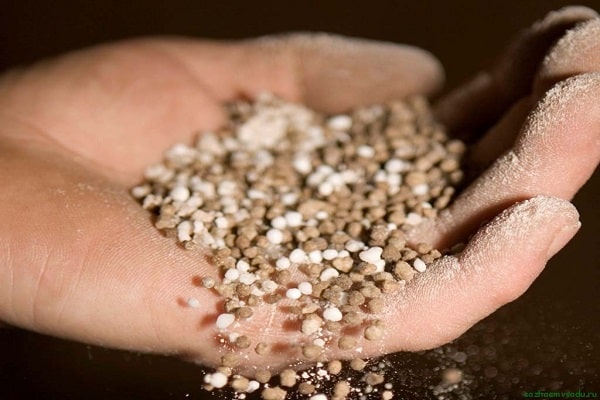
The resulting concentrate is diluted to 400 liters and watered with seedlings, berry bushes, potatoes. It is advisable to moisten the soil before fertilization so that the plants absorb nutrients better.
In gardening, green fertilizer is often used - an infusion of weeds or nettle, in which there is a lot of nitrogen but little phosphorus. You can add bone products to the green infusion, enriching it with trace elements and phosphorus.
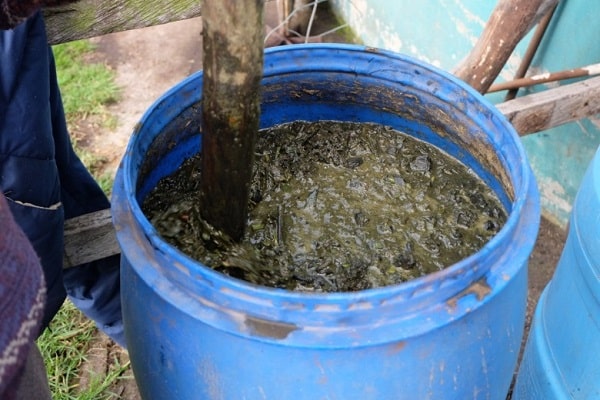
What happens if you overfeed?
It is almost impossible to overfeed plants with bone supplements. But there is a risk of disrupting the chemical and bacterial composition of the soil under the following conditions:
- if mixed with mineral complexes, too much phosphorus fertilizers can be applied, which will lead to a violation of nitrogen absorption;
- the use of stale products with the presence of mold can provoke an outbreak of fungal infection and the death of the crop;
- exceeding the dosage threatens with an increase in the alkali content, which will lead to a suspension of growth due to poor absorption of nutrients by plants;
- application on neutral or alkaline soils will not be beneficial, at best will not harm, because nutrition will become inaccessible to the root system of most crops, except for those for which soils with high pH are suitable.
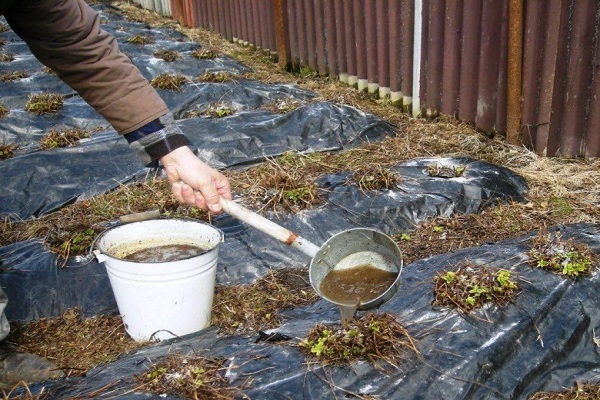
For complete dissolution of phosphorus in the bone mixture, a slightly acidic soil reaction is required. For balance, it is recommended to mix the waste with peat having a low pH level.
conclusions
Phosphoazotine will be more beneficial in acidic or slightly acidic soils. On neutral and alkaline, the substance should be used carefully so as not to disturb the balance of nutrients in plant tissues.

